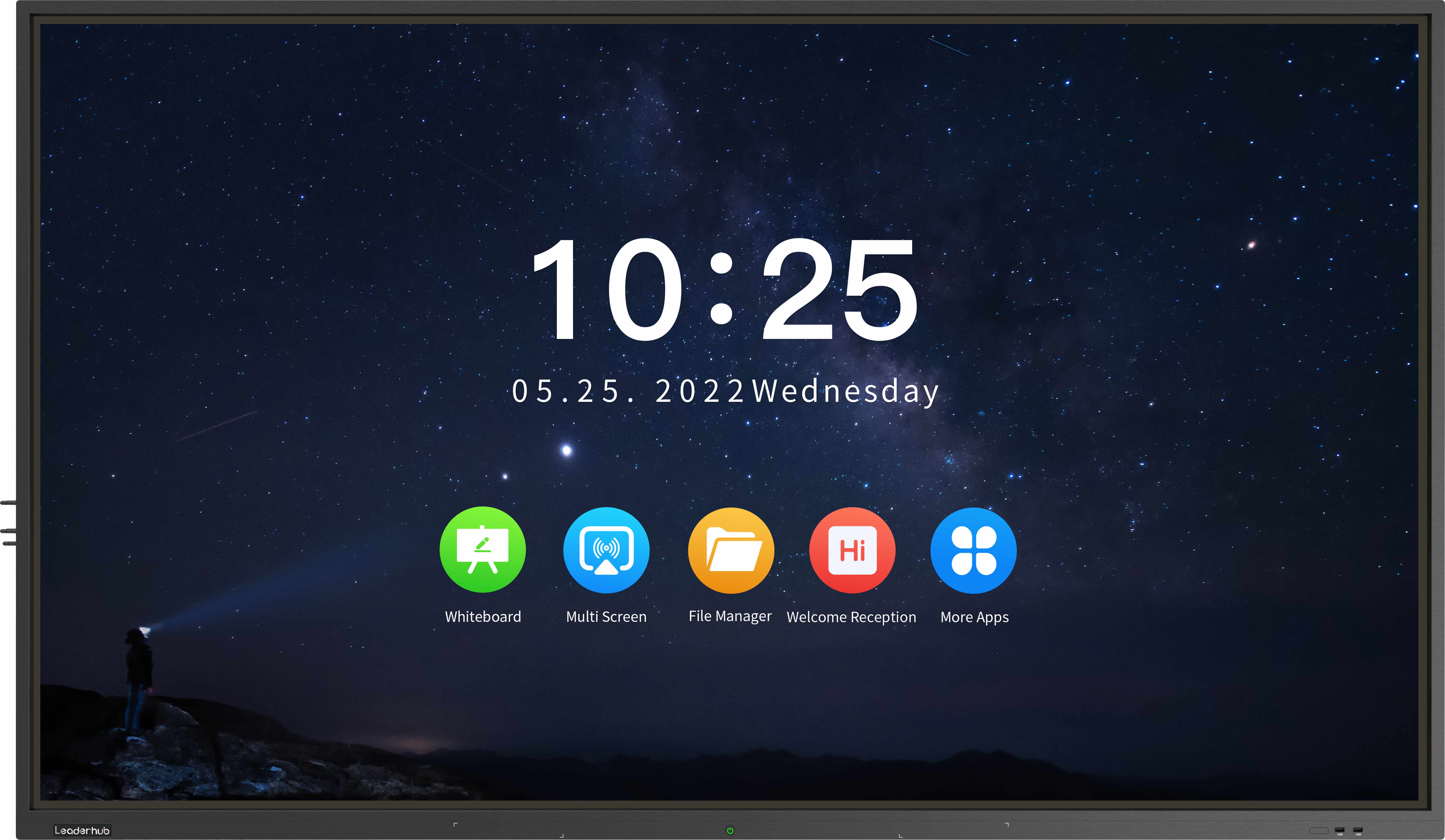Introduction: Understanding the Interface

In today's technological era, the interaction between Microsoft tablets and computers has become an integral part of our daily lives. It is crucial to comprehend the technical principles that underpin this interaction. This article aims to explore the various aspects of this mechanism, including hardware and software components, connectivity, and data transfer methods.
1. Hardware Compatibility and Connectivity
The interaction between Microsoft tablets and computers relies on the compatibility of their hardware components. Both devices possess similar architecture, enabling seamless connection and data exchange.
Microsoft tablets are equipped with various ports, including USB-C, Micro-HDMI, and a headphone jack, to facilitate connection with computers. On the other hand, computers often come with USB-A, HDMI, and Ethernet ports, allowing for a wide range of external devices to be connected.
To establish a connection between the tablet and computer, users can utilize USB cables or wireless technologies such as Bluetooth and Wi-Fi. These connectivity options ensure efficient data transfer between the two devices.
2. Software Integration and Synchronization
The software integration between Microsoft tablets and computers is crucial for a smooth interaction. Microsoft has developed a unified platform, known as Windows OS, which powers both tablets and computers. This common operating system facilitates application compatibility and synchronization between the devices.
Through cloud-based services and applications like Microsoft OneDrive, users can access and edit files seamlessly on both the tablet and computer. This synchronization ensures that any changes made on one device are automatically reflected on the other.
In addition to software integration, Microsoft provides specialized software, such as the Your Phone app, which enables users to control their Microsoft tablet through their computer. This innovative feature enhances the user experience and promotes efficient multitasking.
3. Data Transfer Methods
Data transfer between Microsoft tablets and computers occurs through various methods, depending on the user's needs and preferences.
One common method is through USB connectivity. By connecting the tablet to the computer using a USB cable, users can transfer files, photos, and videos at high speeds. This method is ideal for larger file transfers or when a stable connection is required.
Alternatively, users can transfer data wirelessly via Bluetooth or Wi-Fi. Bluetooth is suitable for transferring smaller files or connecting peripheral devices such as keyboards or mice. Wi-Fi, on the other hand, allows for faster transfer speeds and is often used for streaming media or syncing large quantities of data.
Conclusion: The Seamless Integration
The technical principle of the interaction between Microsoft tablets and computers is based on the compatibility of hardware components, software integration, and various data transfer methods. This seamless integration empowers users to work efficiently across devices, ensuring a cohesive and convenient user experience. By understanding these technical principles, users can make the most of their Microsoft tablet and computer interaction, enhancing their productivity and enjoyment.

